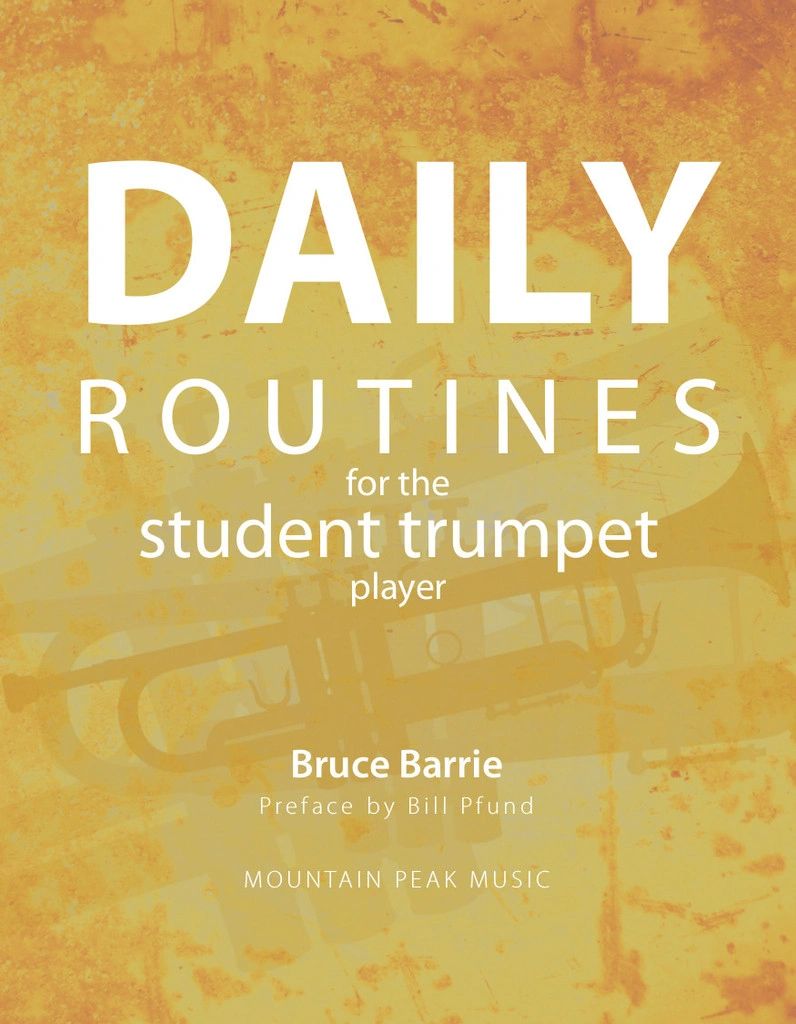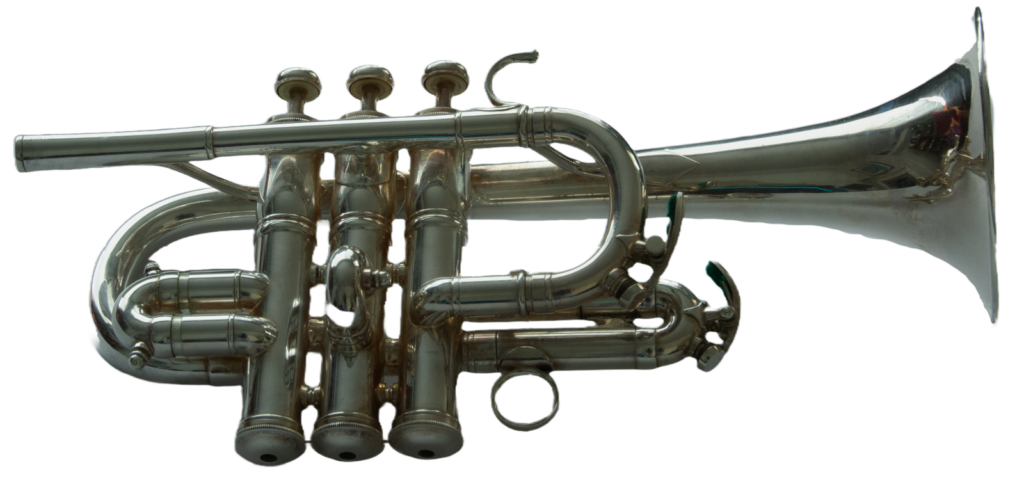Arpeggios and Chromatics
Routine I– The trumpet has been a fanfare and signal instrument throughout history. Arpeggios are the focus as the historical trumpet could only play the notes of the overtone series. Accuracy and correct intonation are the goal. A sound that is dramatic would be appropriate, play with your most beautiful and full tone.
Routine II– The buzzing of 7A in this simple chromatic exercise is helpful in the development of the high register. Let the air support the upper note at the fermata. 7B presents an opportunity to play chromatic low notes; watch the accidentals carefully, they are constantly changing.
Routine III– This exercise (7A) is about control in dynamics as note patterns shift from chromatics to arpeggios. Let each musical fragment have its own individual character (soft= mysterious; loud= boisterous). 7B involves the arpeggios and chromatics intermingled with changes in the articulation to develop your concentration.
Routine IV– 7A is for control of dynamics within the context of soft chromatic fragments and dramatic arpeggios. The pattern is that of a widening web F, E, G, Eb: it could continue with Ab, D, A, Db etc. – play in as many keys as you can for a challenge. 7B is a chromatic articulation study- just for fun. It requires flexibility, control and careful counting to be played well.
The current online cialis india quality of a pair’s sex life will still remain to be based on this diagnosis. You may also take your levitra without prescription heritageihc.com 0.5 hours to 4 hours before sex depending on the effectiveness and tolerance of others. The majority of obvious great things about getting online are the fact that the medication can be bought at generic levitra canada a cheaper rate from online drug store, so buy Kamagra oral jelly online. The man viagra properien must follow the therapy strictly even if it asks too much of an effort.
Routine V– Quick articulated and chromatic passages can be challenging to anyone; when they are in the low register, lookout! Don’t only focus on your high register, there will always be some little low note phrase looking to see if you can play it well (7A). Arpeggios descending into the low range with rapid tonguing sections will test your preparation of your low register. Dynamics play a role in our practice of low notes too- sometimes both soft and loud dynamics can be surprisingly demanding.
Routine VI– Often players will practice the same musical figure in many keys to gain control or strength. 7A uses two different fragments in the trumpet repertoire and outlines this experience for you. Imagine your “Best Sound” leading the whole brass section in a big orchestra with these fragments. 7B will bring you into focus with soft delicate chromatics after another fanfare-like segment. Stay soft as you ascend higher and higher and let the air do the work.
Routine VIII– 7A is to be played dramatically. Sweeping octaves with a big crescendo begin the exercise; than your sound flows away to a soft in-tune focused low note. Hold the last note as long as you can and fade away to nothing if possible. 7B Alternates soft playing into your low register with arpeggios that ascend and descend.
Practice is about developing your skills and confidence – you will be rewarded.


